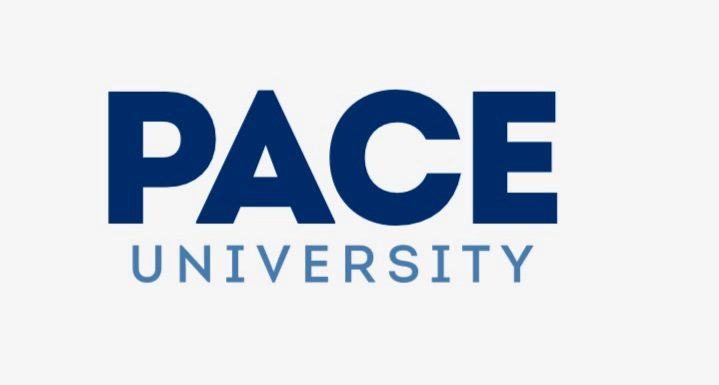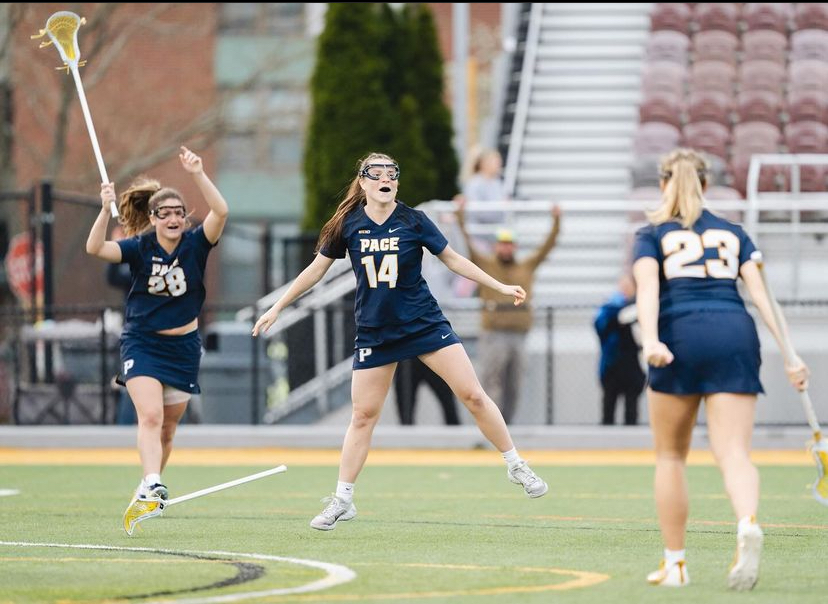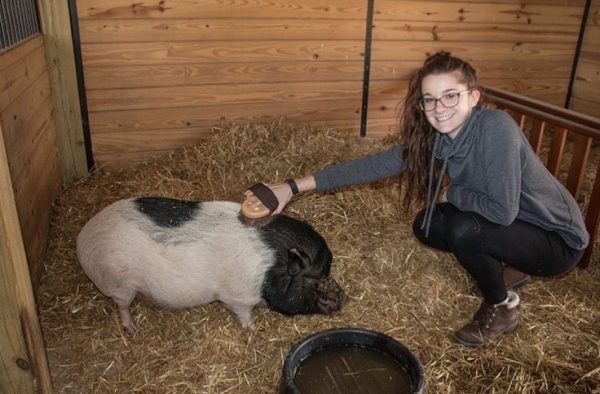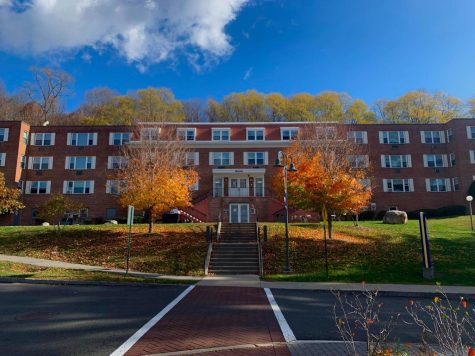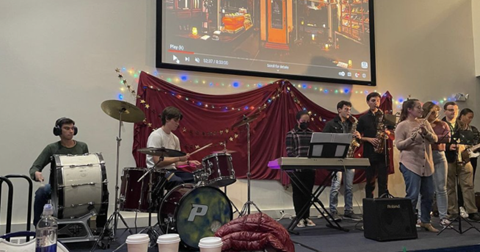COVID-19 and Its Major Role Involving Collegiate Athletic Scholarships
March 19, 2021
The year 2020 took the world by storm when the coronavirus outbreak began, hitting the United States hard in March. While millions were advised to wear face masks, asked not to see loved ones, and even quarantine in their homes for weeks on end.
The world of sports is an industry that has endured a lot of reconstruction and adaptation over the course of 2020, and this continues still in 2021. More specifically, collegiate-level athletic programs have taken major financial hits over the past year since the start of the coronavirus outbreak here in the United States.
Unfortunately, all current and future collegiate student-athletes are sharing that pain. With team practices, games, and entire seasons being canceled or postponed, many current and future collegiate student-athletes are concerned that a sports scholarship will either be revoked or never offered in the first place. Students all over the country fear that their entire sports program will be terminated due to budget cuts or that they may not even get the chance to show recruiters what they have to offer at the universities in which they are most interested.
In the case of collegiate-level sports, there has been a major decline in college athletic scholarships over the past year. According to a recent TD Ameritrade survey, “56% of students are worried that losing a season of their sport will have irreparable damage on their future, while 47% believe that the canceling of sports last season could put their future college scholarships at risk,” (2020).
From incoming freshman student-athletes being tasked to upload training videos online for coaches to assess their skills, to joining zoom meetings with college recruiters and even to work involuntarily at perfecting their craft while quarantined at home, graduating collegiate athletes are mourning the loss of their seasons. Students are now being forced into deciding whether to take an extra year of eligibility or fully move on without ever finishing out their collegiate sports careers, without their careers coming full circle. Not only do the repercussions of COVID-19 on collegiate sports affect current student-athletes, but also future athletes at institutions all across the country.
In a report from ncsasports.org, “more than 300 sports programs across the NCAA, NAIA, and NJCAA have been cut, dropped, or suspended,” (2020). With such a severe decrease in athletic programs, mainly in sports such as tennis, golf, cross country among others, there is bound to be a large reduction in athletic scholarships available to current and future collegiate athletes. With the NCAA, “awarding nearly $3.5 billion in athletic scholarships every year to more than 180,000 athletes” across the United States prior to COVID-19, there are still many students relying on these scholarships, which ultimately are not going to be available in the years to come (ncaa.org, 2020).
Many student-athletes work their entire lives in order to get a chance to compete at the collegiate level. Due to the coronavirus outbreak, these athletes’ careers are in question. Will they be offered a scholarship? Will they be able to afford to play their way through college without a scholarship? Will there even be a chance to become part of a college team?
While it is still unknown if and when collegiate sports scholarships will return to their glory days, universities and athletes are looking forward to moving back in the right direction over the coming years in regards to higher budgets, greater scholarships, and even better athletic performance. If there is one thing we can take from the COVID-19 pandemic and how it has affected the world of college sports, it is always to be prepared and expect the unexpected.


